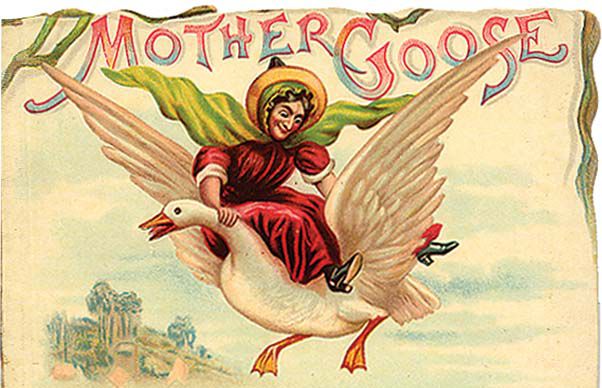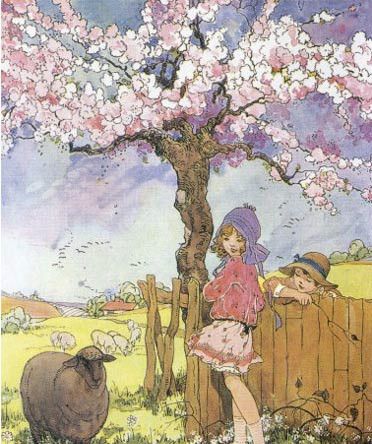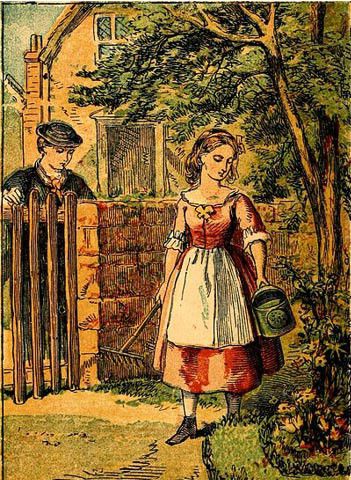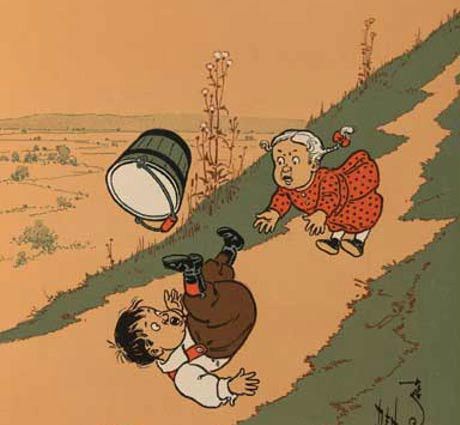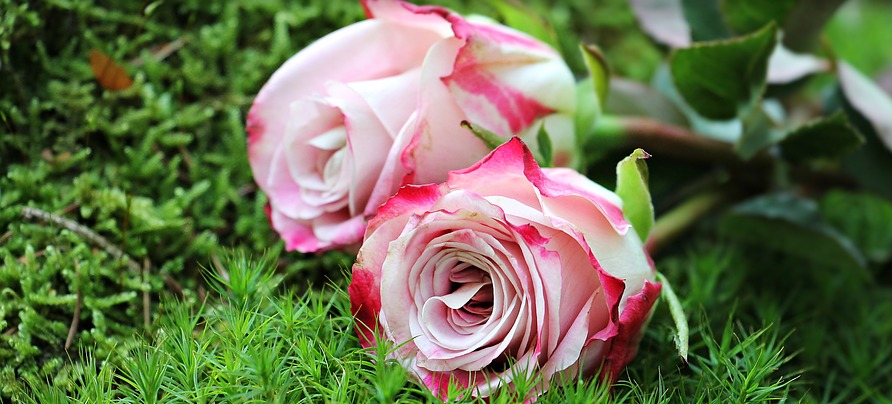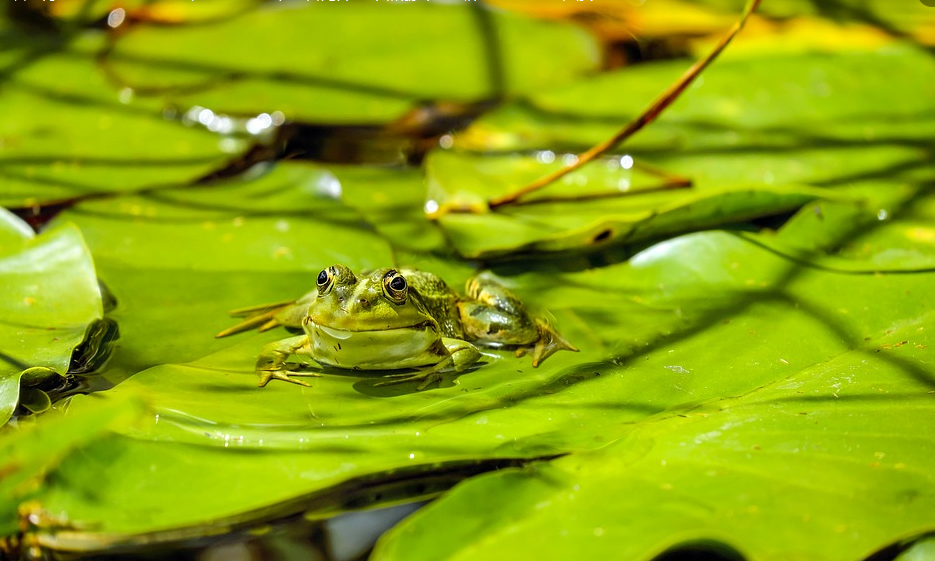碎三观的鹅妈妈童话集:故事一个比一个暗黑
|
Many people associate nursery rhymes with reading happy stories to children, or remember being children themselves and chanting them while they play. 许多人把童谣和读欢乐的故事给孩子听联系在一起,或者想起自己的孩提时代,一边吟诵一边玩。 However, the popular explanations for the origins of several English nursery rhymes shows that they may be more complex. 然而,普遍解释说不少英语童谣起源可能更复杂。 1. Baa Baa Black Sheep: Feudal Taxes 1.《黑绵羊咩咩叫:封建税收》
Baa baa black sheep, have you any wool? 黑绵羊咩咩叫,你有没有羊毛? Yes sir, yes sir, three bags full! 有有有,先生,我有整整三袋毛! One for the master, one for the dame 一袋送给男主人,一袋送给女主人 But none for the little boy who cries down the lane. 一袋也不送给巷子里住着的小男孩儿 -OR -或 And one for the little boy who lives down the lane. (Changes to be more suitable for children. 一袋送给巷子里住着的小男孩儿(这么改更适合孩子) Baa Baa Black Sheep was first published in 1744. However, most scholars claim that this rhyme is based on the reality of life in feudal times in England in general. 《黑绵羊咩咩叫》最初1744年发表。然而,多数学者声称这首童谣是根据英格兰封建时代普遍的现实生活而写。 2. Mary Mary Quite Contrary: A Cruel or Tragic Queen 2.《玛丽,截然相反的玛丽:残酷悲惨的女王》
Mary Mary quite contrary, 玛丽,截然不同的玛丽, How does your garden grow? 你的花园怎样了? With silver bells and cockle shells 银色的铃铛和贝壳, And pretty maids all in a row 漂亮女佣排成行。 According to some researchers Mary Mary, published in 1744, refers to "Bloody Mary," Mary Tudor. Mary Tudor was a strict Catholic and during her reign from 1553-1558 her garden (a graveyard) grew as many protestants were executed for not converting to Catholicism. 研究者称1744年出版的玛丽玛丽指的是“血腥玛丽”----玛丽·都铎。玛丽·都铎是严格的天主教徒,在其1553年至1558年统治年间,她的花园(墓地)不断扩张,因为许多清教徒由于不愿皈依天主教被处决。 3. Goosey, Goosey, Gander: Religious Persecution/an Obligation to Pray 3.《鹅,鹅,鹅:宗教迫害/祈祷的义务》 Goosey, goosey, gander, 鹅,鹅,鹅 Whither dost thou wander? 你去哪里晃? Upstairs and downstairs 楼上,楼下 And in my lady's chamber. 在我女主人的房间里 There I met an old man 后来我遇到了一个老人 Who wouldn't say his prayers; 他不愿说他祈语; I took him by the left leg, 我抓了他的左腿 And threw him down the stairs 把他扔进了楼道 First published in 1784, Goosey, Goosey, Gander also refers to the Catholic persecution in the 16th century. 最初1784年发表,《鹅妈妈歌谣那点事》也指16世纪天主教迫害。 Another interpretation suggests that this rhyme may simply be a warning by its creator for listeners/readers to pray or they will receive unfortunate consequences. 另一种诠释称这一歌谣是作者警告听众/读者去祈祷,否则会遭遇不幸。 4. Humpty Dumpty: A Heavy Person Or a Cannon 4.《矮胖子:胖胖的人、大炮》 Humpty Dumpty sat on a wall, 矮胖子骑墙上 Humpty Dumpty had a great fall. 矮胖子摔了下来 All the King's horses, And all the King's men 所有君王的人马 Couldn't put Humpty together again! 再也无法把矮胖子复原 Humpty Dumpty (published in 1799) also has two possible meanings. A "Humpty Dumpty" is claimed to be a nickname used in the fifteenth century for an overweight person. 《矮胖子》(发表于1799年)也有双重意思。“矮胖子”据称是十五世纪用来称呼体重过大的人士。 The second explanation for the rhyme states that Humpty was the nickname of a cannon used by the army of King Charles I to capture Colchester in the English Civil War. 第二个解释称《矮胖子》歌谣是大炮的昵称,查尔斯一世英国内战期间军队逮捕科尔切斯特时所用。 5. Jack and Jill - Liquid Measures and Beheaded Royalty 5.《杰克和吉尔:酒令和被斩首的皇室》
Jack and Jill went up the hill, 杰克和吉尔上了山 To fetch a pail of water. 取回一桶水 Jack fell down, 杰克摔了下来 And broke his crown; 摔坏了皇冠 And Jill came tumbling after. 吉尔跟着滚了下来 Scholars have provided two main beliefs regarding the origins of Jack and Jill, which was published in 1765. The more devious version of the rhyme refers to the beheading of France's Louis XVI (Jack) and Marie Antoinette (Jill), with the French royalty gaining status "up the hill" first and later their execution as Jack breaks his crown and Jill tumbles after. 学者就 1765年发表的《杰克和吉尔》的起源提供了两种主要观点。较为冷僻的童谣版本指法国国王路易十六(杰克)和玛丽·安托瓦内特的斩首,法国皇室先“上山”,地位上升,后来被正法,因为杰克毁坏了皇冠,吉尔接着滚了下去。 |

